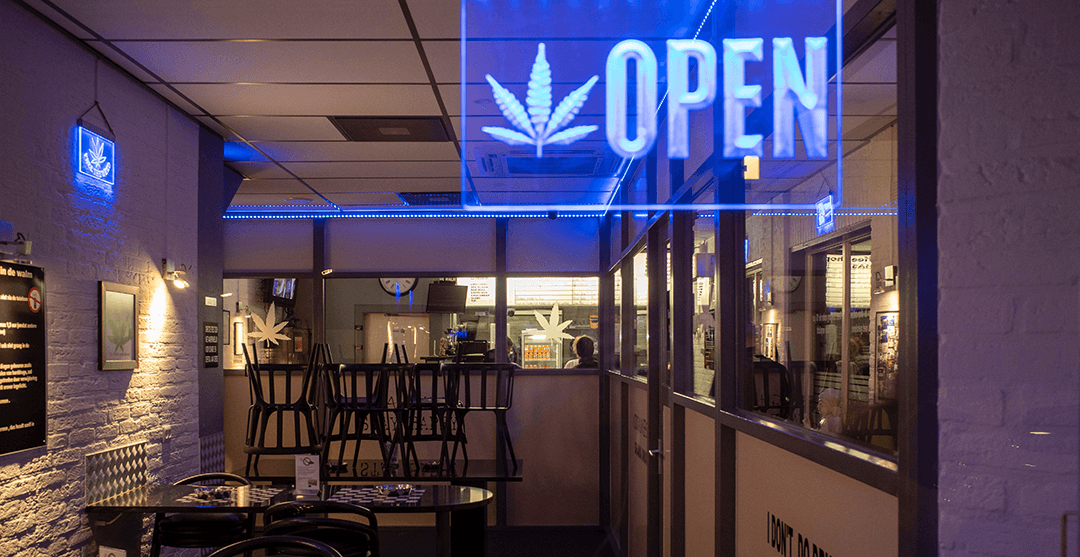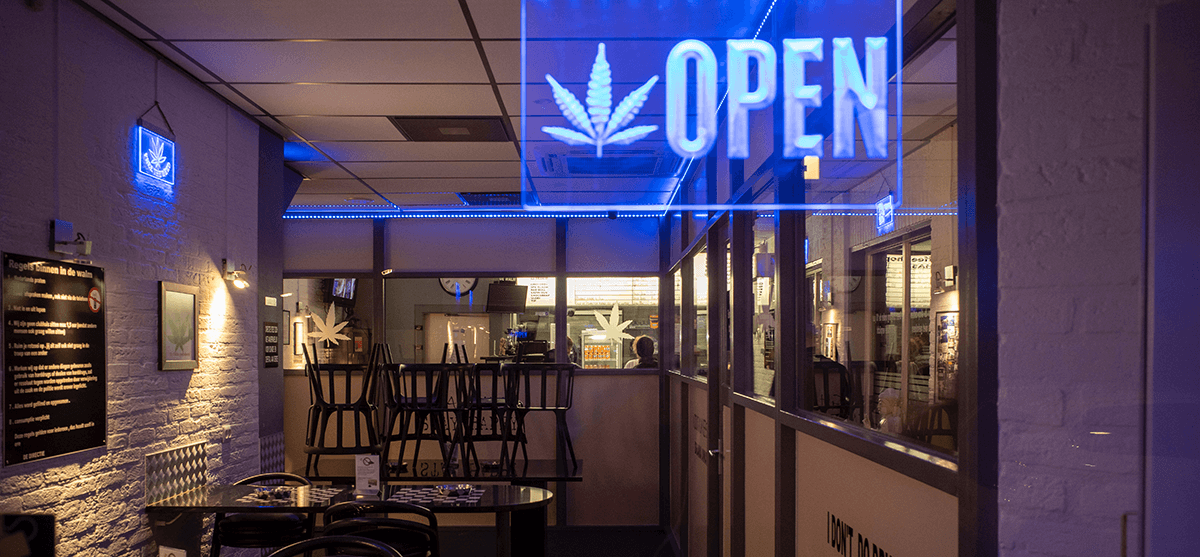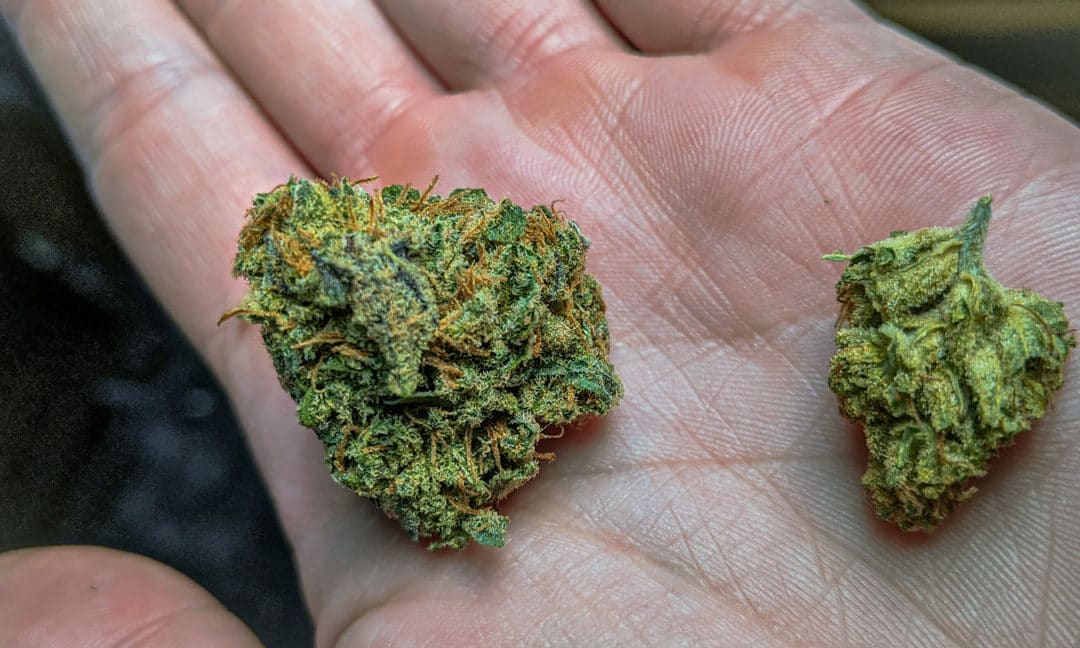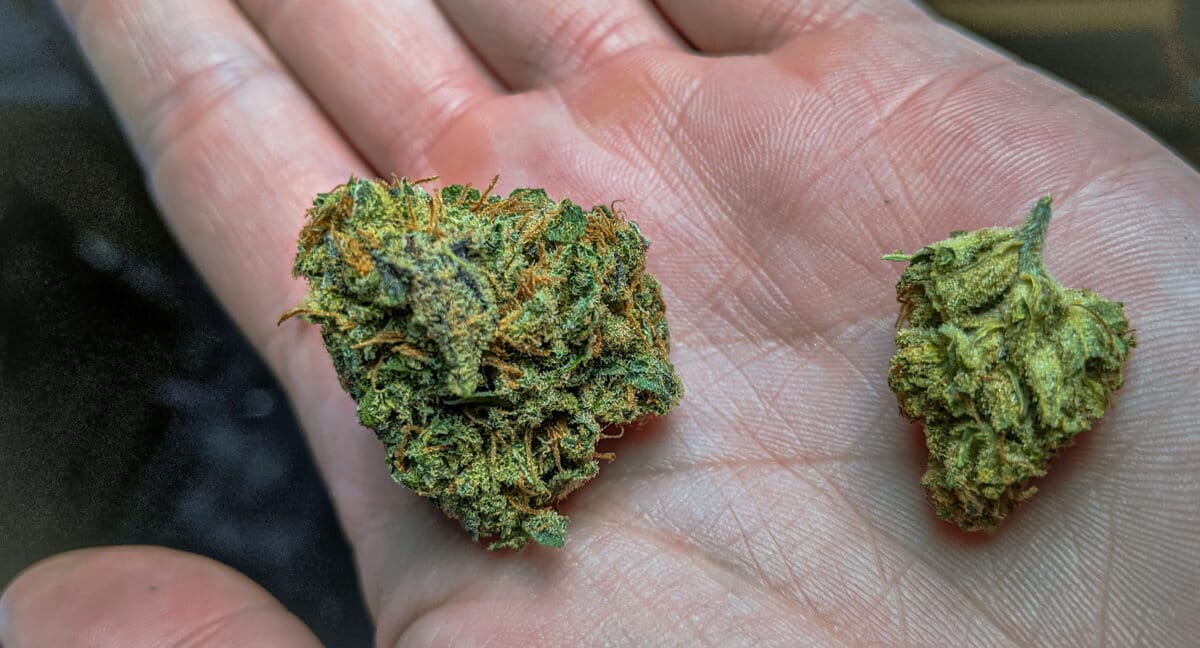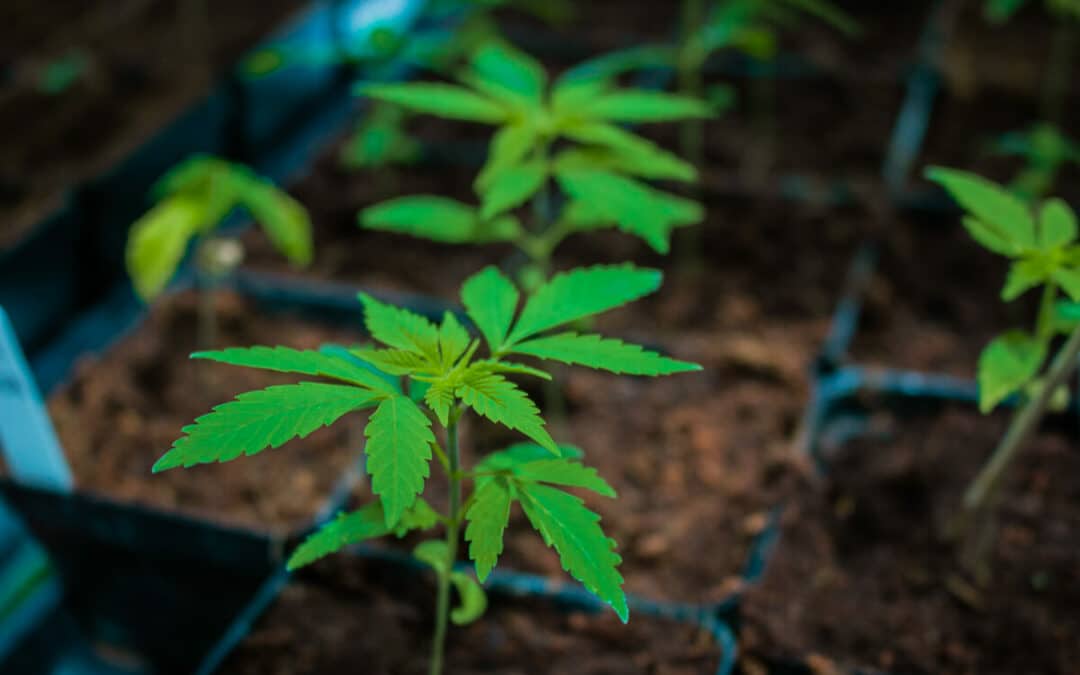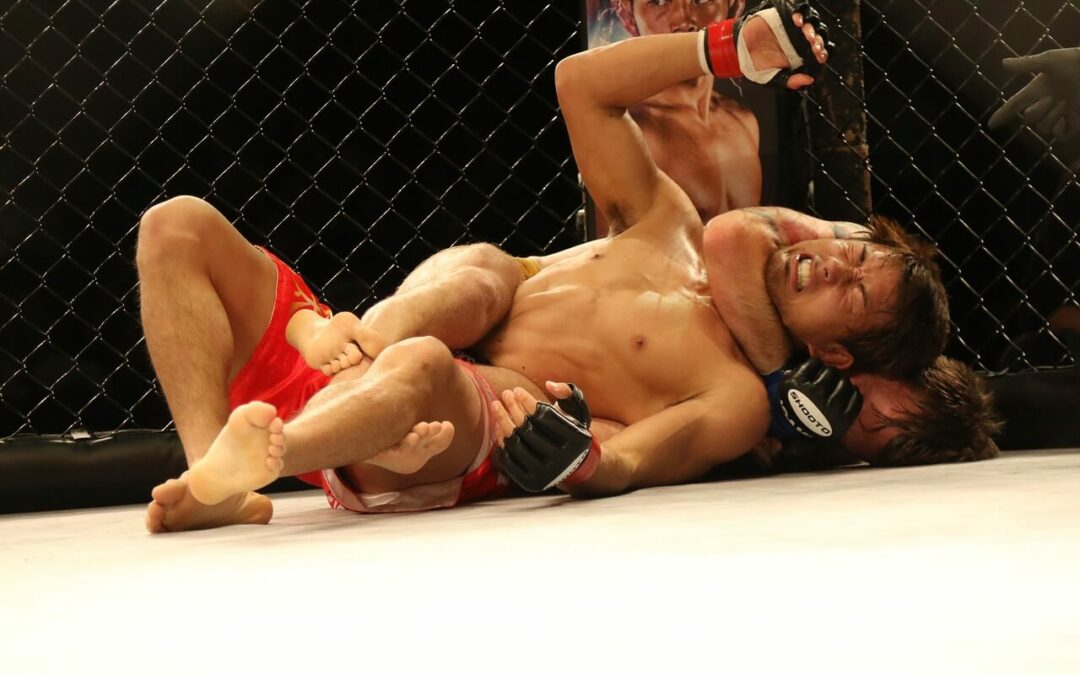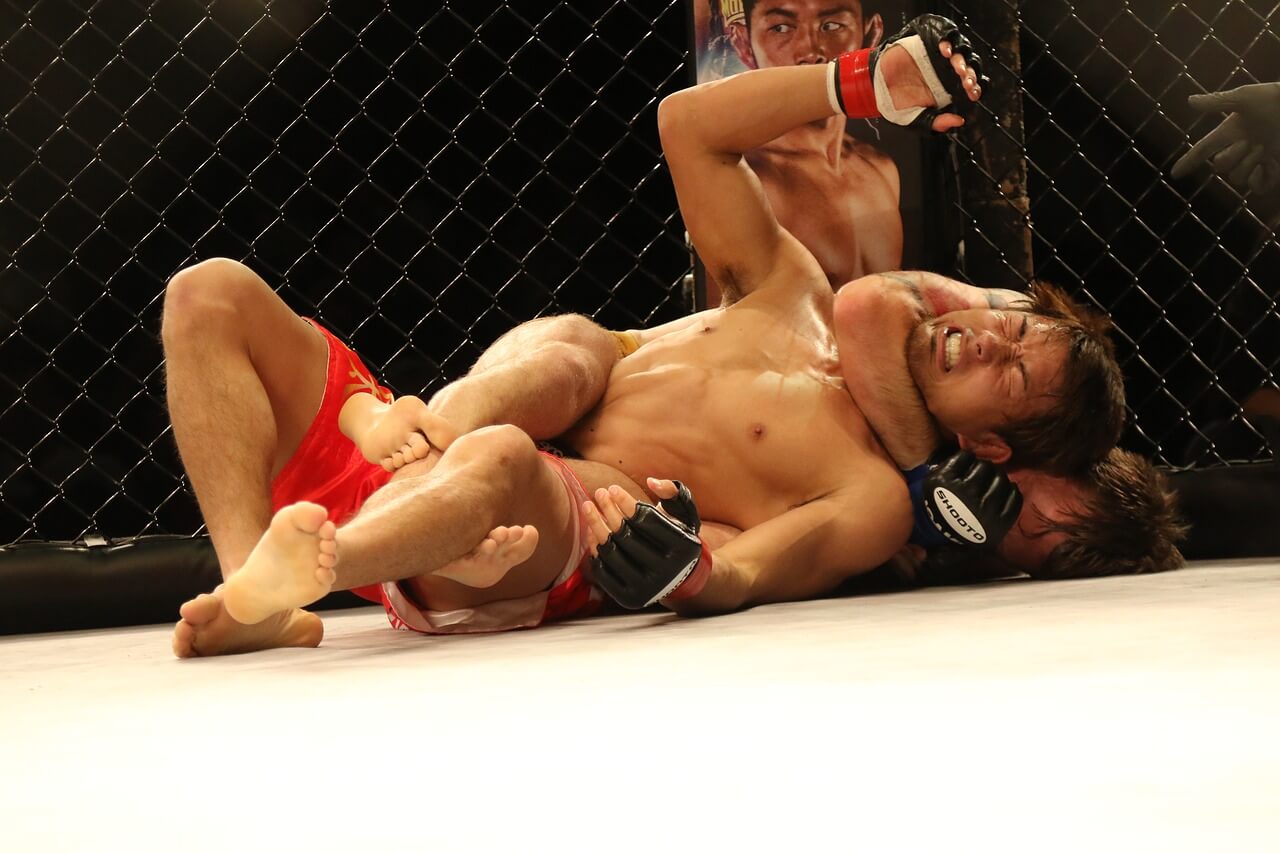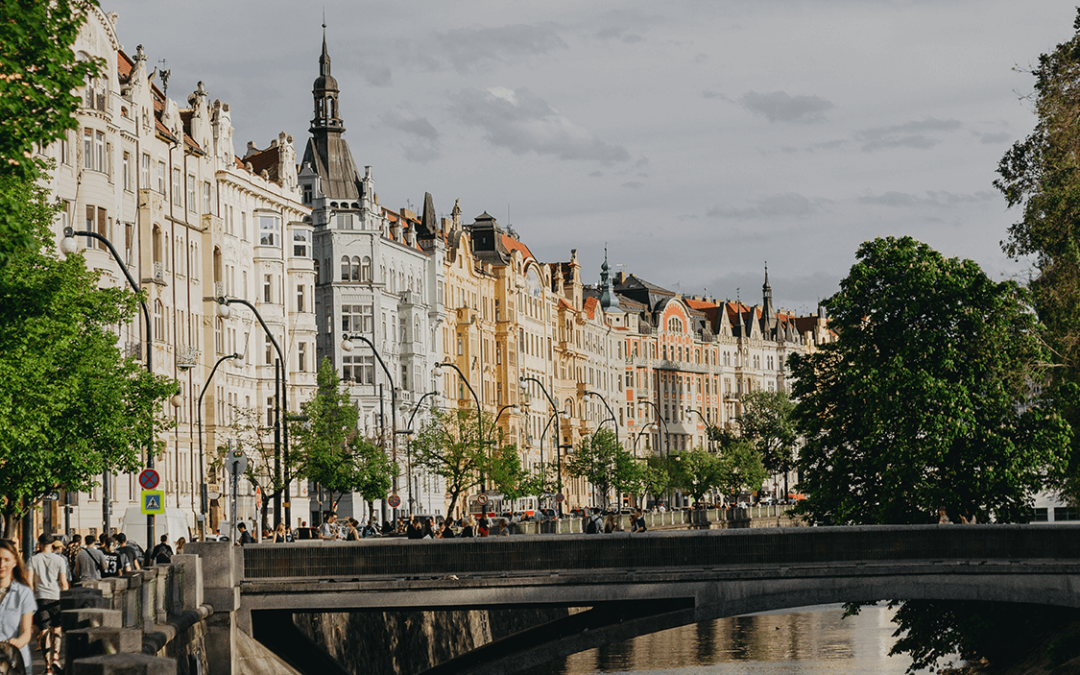
Czech medical cannabis sales surge, but market remains small

The Czech market for medical cannabis flower quadrupled last year compared to 2019, according to data published by the State Agency for Medical Cannabis.
However, the market remains very small.
In 2020, roughly 68 kilograms (150 pounds) of medical cannabis flower was sold to patients in Czech pharmacies, compared with 17 kilograms the year before, the data shows.
Expectations that the market would see a tremendous boost after medical cannabis was included in the country’s public health insurance in early 2020 have so far failed to materialize.
Experts say that is partly because insurance coverage is only one of many factors guiding the market’s development.
As Marijuana Business Daily previously reported, bureaucratic hurdles and limited participation in the medical marijuana program by doctors and pharmacies represent challenges that were not resolved with the introduction of the health insurance-coverage scheme.
Despite that, the market is growing with improved access.
October and November saw record sales of medical cannabis, with about 7 kilograms sold each month.
The number of unique patients, which was below 500 at the end of 2019, doubled to 1,103 in December 2020.
The number of doctors prescribing cannabis products also increased.
In December 2019, 78 doctors prescribed cannabis. That number grew to 123 by December 2020.
Since the beginning of last year, Czech patients have been entitled to insurance coverage on 90% of the retail price for 30 grams of flower per month for medical use, regardless of THC content.
In exceptional cases, doctors may authorize quantities exceeding the monthly limit of 30 grams for reimbursement, up to a maximum of 180 grams per month.
In practice, however, patients received roughly 6 grams per month on average during the final months of 2020.
Almost 80% of the cannabis prescriptions last year were to treat chronic pain.
Elkoplast Slušovice remains the only domestic producer, with the rest of the supply coming from Canadian producers Aurora Cannabis and Canopy Growth.


